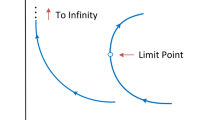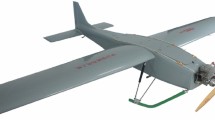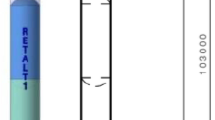Abstract
Differential game formulations provide an adequate basis for a guidance law synthesis against highly maneuvering targets. This paper deals with a guidance law based on a linear-quadratic differential game formulation. This guidance law has many attractive properties: it is continuous, linear with respect to the state variables, and its gain coefficients can be precalculated offline. Nevertheless, due to the lack of hard control constraints in the formulation, the magnitude of the control can exceed the admissible level imposed by the nature of the problem. In this paper, the upper bound of the interceptor control is obtained depending on the system parameters and the penalty coefficients of the game performance index. It is shown that the interceptor can guarantee an arbitrarily small miss distance without exceeding the control constraints if it has sufficient maneuverability and if the penalty coefficients are chosen properly. By manipulating the penalty coefficients, it is possible to reduce significantly the maneuverability requirements compared to the case of zero interceptor penalty coefficient.
Similar content being viewed by others
References
ISAACS, R., Differential Games, John Wiley and Sons, New York, NY, 1967.
HO, Y. C., BRYSON, A. E., and BARSON, S., Differential Games and Optimal Pursuit-Evasion Strategies, IEEE Transactions on Automatic Control, Vol.10, No. 4, 385–389, 1965.
BEN-ASHER, J., and YAESH, I., Advances in Missile Guidance Theory, Progress in Astronautics and Aeronautics, AIAA, Reston, Virginia, Vol.180, 1998.
GUTMAN, S., On Optimal Guidance for Homing Missiles, Journal of Guidance, Control and Dynamics, Vol.3, No. 4, 296–300, 1979.
SHINAR, J., Solution Techniques for Realistic Pursuit-Evasion Games, Advances in Control and Dynamic Systems, C. T. Leondes, Academic Press, New York, NY, Vol.17, 63–124, 1981.
TURETSKY, V., and SHINAR, J., Missile Guidance Laws Based on Pursuit-Evasion Game Formulations, Automatica, Vol.39, No. 4, 607–618, 2003.
BASAR, T., and BERNHARD, P., H∞-Optimal Control and Related Minimax Design Problems: A Dynamic Game Approach, 2nd Edition, Birkhäuser, Boston, Massachusetts, 1995.
Author information
Authors and Affiliations
Rights and permissions
About this article
Cite this article
Turetsky, V. Upper Bounds of the Pursuer Control Based on a Linear-Quadratic Differential Game. Journal of Optimization Theory and Applications 121, 163–191 (2004). https://doi.org/10.1023/B:JOTA.0000026136.25737.8d
Issue Date:
DOI: https://doi.org/10.1023/B:JOTA.0000026136.25737.8d




